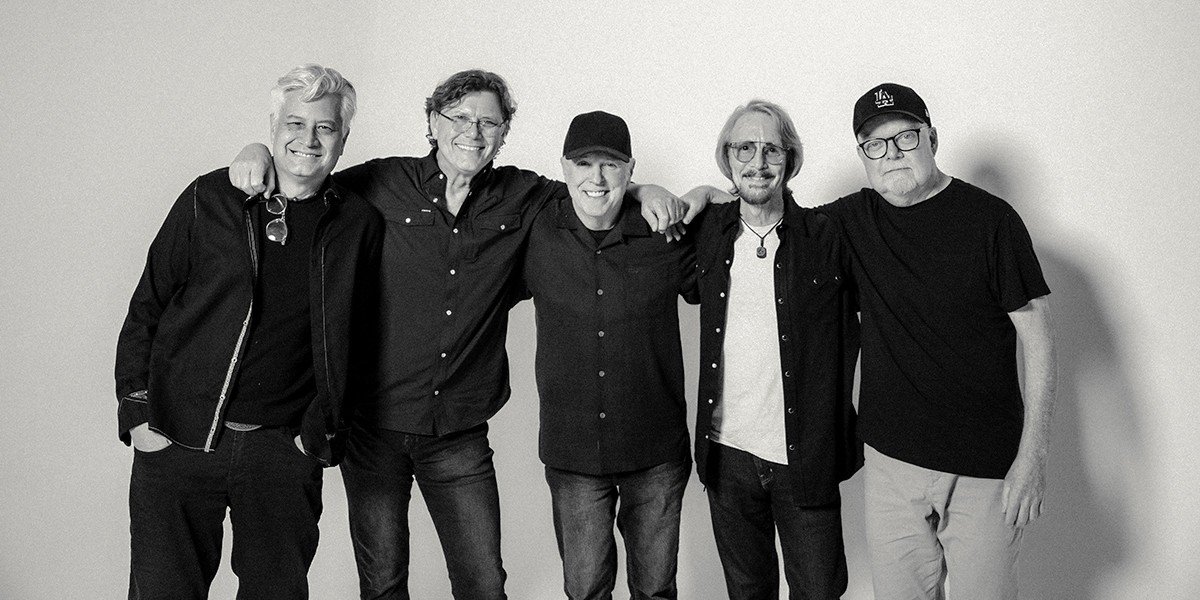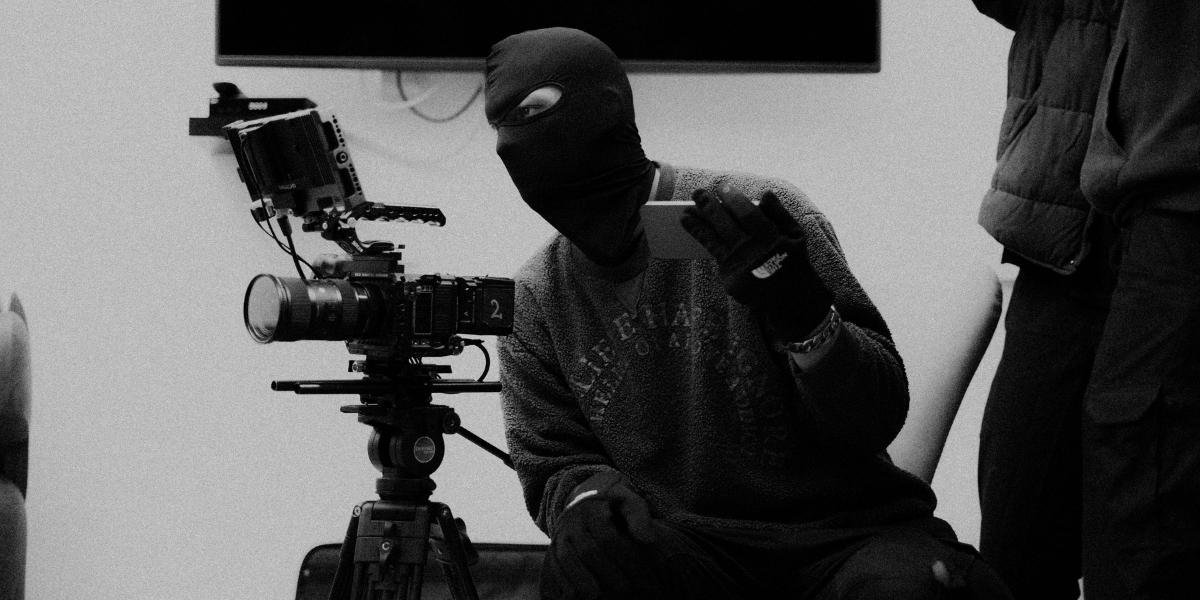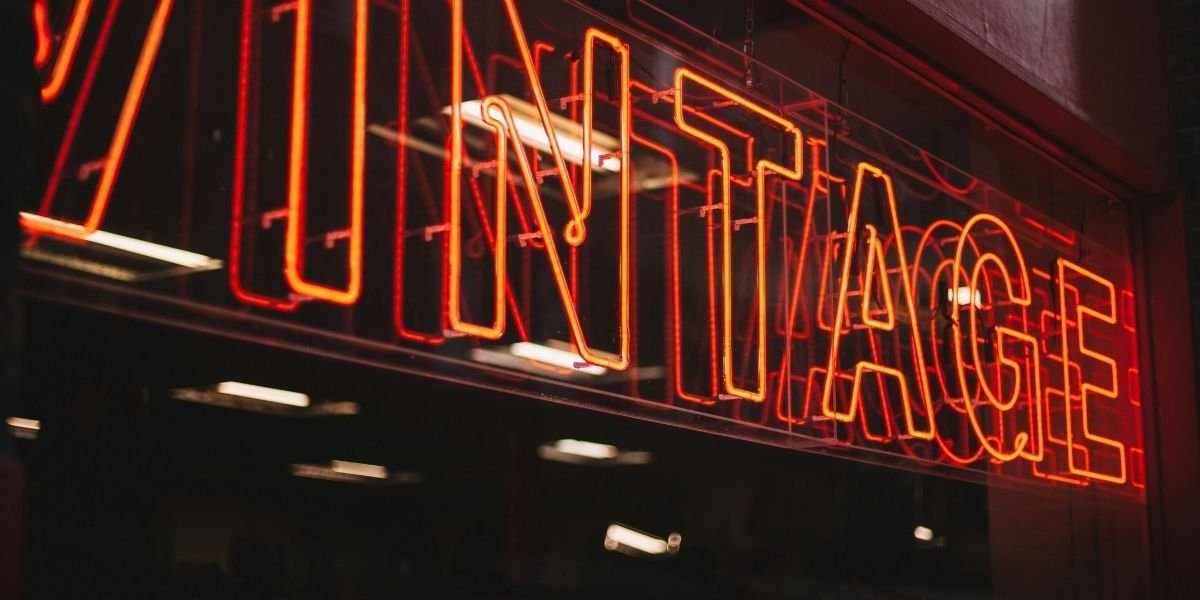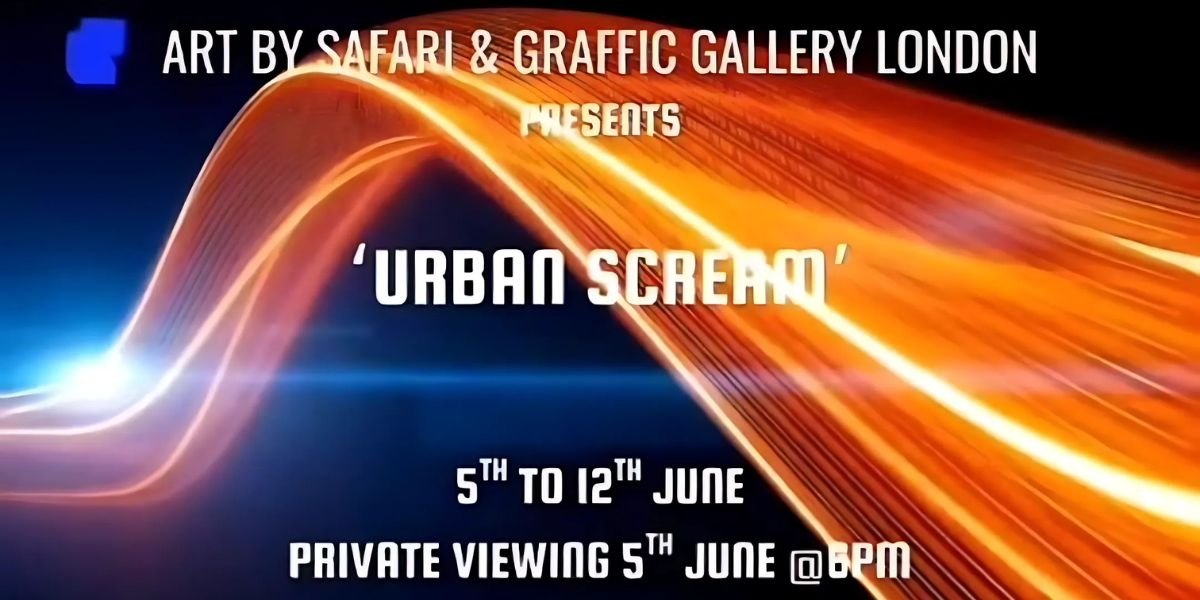Sculpture and Installation Art Making Headlines
Sculpture and installation art have long been powerful forms of expression, challenging audiences and pushing the boundaries of traditional artistic mediums. In recent years, both fields have made headlines for their bold, innovative approaches, with artists creating larger-than-life sculptures and immersive environments that captivate and provoke thought. From groundbreaking installations at prestigious art fairs to controversial sculptures that spark conversations about social issues, sculpture and installation art continue to be at the forefront of contemporary art. This article explores the latest trends in sculpture and installation art, the artists making headlines, and the impact these forms have on the art world.
Read Also: Exploring the Appeal of Gloomy Weather: Understanding Why Some People Prefer Overcast Days
What Is Sculpture and Installation Art?
Sculpture and installation art are both three-dimensional art forms, but they differ in execution, intent, and audience experience.
Sculpture typically involves the creation of a tangible object—usually made from materials like stone, metal, clay, or wood—that is intended to be viewed from multiple angles. Sculptures can vary in size from small figurines to massive public works, and they often serve as stand-alone pieces or part of larger exhibitions.
Installation art, on the other hand, is an art form that transforms a space into an immersive environment. Often site-specific, installation art incorporates a variety of materials, technologies, and even sensory experiences to engage viewers in a multi-sensory journey. Unlike traditional art forms, installation art may not be an object but a dynamic environment or a series of interconnected pieces that change the way we interact with a space.
Both forms of art have evolved significantly over the past few decades, with contemporary artists using innovative techniques, new materials, and digital technologies to engage audiences and make strong social, political, and cultural statements.
Latest Trends in Sculpture and Installation Art
In the past few years, sculpture and installation art have evolved beyond traditional forms, embracing new trends that reflect the challenges and changes of our time. Some of the most exciting trends currently making headlines include:
1. Larger-Than-Life Sculptures
One of the most prominent trends in sculpture today is the creation of monumental sculptures. These larger-than-life works are often displayed in public spaces, engaging audiences in ways that smaller works cannot. From David Datuna’s “Viewpoint of Billions” to Kara Walker’s monumental pieces, oversized sculptures create a dramatic impact and invite viewers to experience art in a physical, spatial way. These pieces challenge conventional perceptions of art by shifting the scale and context, often interacting with the urban environment or nature.
2. Interactive and Participatory Installations
The rise of interactive installations has allowed viewers to become an integral part of the artwork. These immersive environments invite visitors to physically engage with the piece, encouraging them to move, touch, or even alter the artwork. Artists like Yayoi Kusama, famous for her “infinity rooms,” and Olafur Eliasson, known for his large-scale, sensory experiences, create environments that are meant to be experienced firsthand, changing with each interaction. Such installations often blur the lines between artist, viewer, and art, encouraging deeper, personal connections.
3. Political and Social Commentary
Sculpture and installation art are increasingly being used as powerful tools for social and political commentary. Artists are tackling pressing global issues such as climate change, inequality, immigration, and identity. For example, Ai Weiwei’s installations, like his “Sunflower Seeds” at the Tate Modern, use scale and symbolism to comment on mass production, freedom, and cultural identity. Banksy, the elusive street artist, often uses his installations and sculptures to comment on capitalism, political authority, and war.
These politically charged installations are helping to shape conversations around global issues, making them not only artistic expressions but also powerful vehicles for activism.
4. Environmental Art and Sustainability
Environmental and sustainable art has become another important trend, with many artists using recycled materials and eco-friendly practices to create their works. Sculpture and installation art that engages with the environment, like Christo and Jeanne-Claude’s large-scale outdoor projects (e.g., “The Gates” in Central Park), continue to inspire discussions about human impact on the Earth. Artists are using their platforms to promote sustainability, raising awareness about climate change and conservation through immersive installations that interact with natural elements.
5. Digital and Virtual Installations
As technology advances, digital and virtual installations have become a major part of the art world. Artists are incorporating elements like augmented reality (AR), virtual reality (VR), and interactive digital media to create experiences that transcend the physical world. For example, Refik Anadol’s digital installations, which combine AI and media art, create immersive environments that are not bound by physical space. These innovative technologies are expanding the possibilities of what sculpture and installation art can be, allowing artists to interact with viewers in new and exciting ways.
Artists Making Headlines in Sculpture and Installation Art
Many contemporary artists are making waves in the world of sculpture and installation art with their boundary-pushing works. Some of the most notable names in the field today include:
Kara Walker
Known for her provocative installations and large-scale sculptures, Kara Walker challenges themes of race, gender, and power. Her work often uses historical imagery to confront the legacies of slavery, oppression, and the complexities of identity. Walker’s “A Subtlety”, a monumental sugar-coated sphinx sculpture at the Domino Sugar Factory in Brooklyn, was a powerful commentary on the sugar industry’s ties to slavery and exploitation.
Ai Weiwei
As a pioneer in politically charged art, Ai Weiwei uses sculpture and installation art to challenge authority and confront human rights violations. His large-scale installations, such as “Sunflower Seeds” and “Straight”, often feature hundreds of thousands of small objects arranged in intricate patterns, symbolizing mass production, individuality, and social issues. Ai’s work continues to resonate with global audiences for its exploration of freedom, resistance, and the human condition.
Olafur Eliasson
An artist who blends art with science, Olafur Eliasson is known for his environmental and immersive installations that engage the senses and provoke thought about nature, space, and human perception. His famous installation, “The Weather Project”, in London’s Tate Modern, filled the entire Turbine Hall with a giant glowing sun, creating an experience that made visitors reflect on their relationship to nature.
Banksy
Though his work is often rooted in street art, Banksy has created a number of powerful sculptures and installations that challenge societal norms. With his guerrilla-style approach, Banksy addresses issues like war, consumerism, and political corruption through art that forces viewers to question the status quo.
The Impact of Sculpture and Installation Art on Society
The influence of sculpture and installation art extends beyond the art world. These art forms have the power to challenge perceptions, provoke conversation, and bring awareness to social and environmental issues. Public installations, in particular, make art more accessible to a broader audience, allowing viewers to engage with art in unexpected places—whether in the middle of a park, on the side of a building, or in public squares.
These installations often serve as a mirror to society, reflecting the challenges, conflicts, and triumphs of the human experience. By engaging with these artworks, viewers can reflect on their own lives, values, and the world around them.
Read Also: The Impact of Artificial Intelligence on the Music Industry
The Evolving Landscape of Sculpture and Installation Art
Sculpture and installation art are not just aesthetic pursuits—they are powerful vehicles for change and expression. As new technologies and innovative materials emerge, artists continue to redefine what these art forms can achieve. From interactive digital installations to monumental public sculptures, the art world is embracing a more inclusive, dynamic, and thought-provoking approach to creativity. Whether it’s commenting on politics, exploring human emotions, or challenging societal norms, sculpture and installation art are making headlines as some of the most exciting and impactful art forms of our time.















